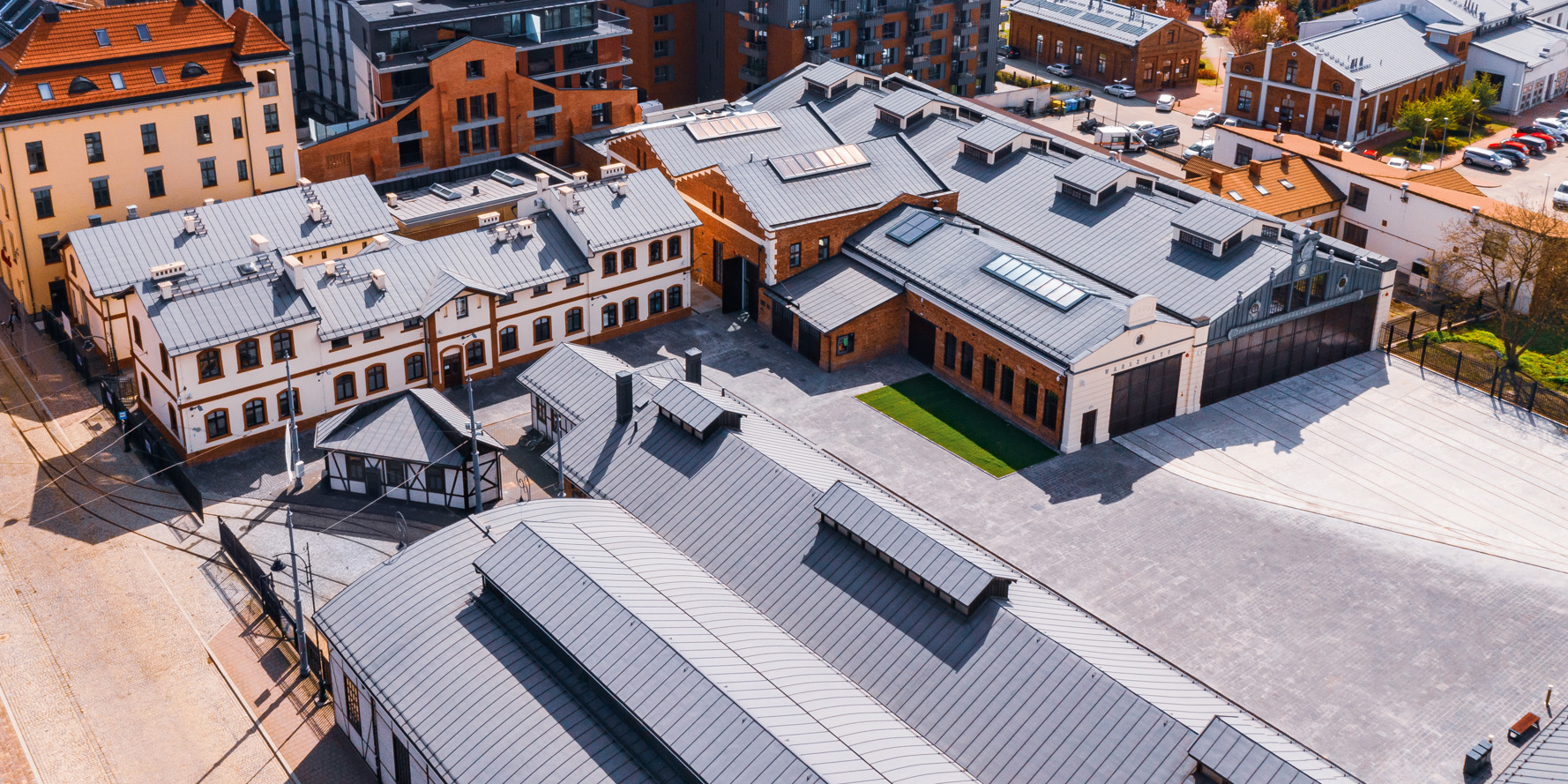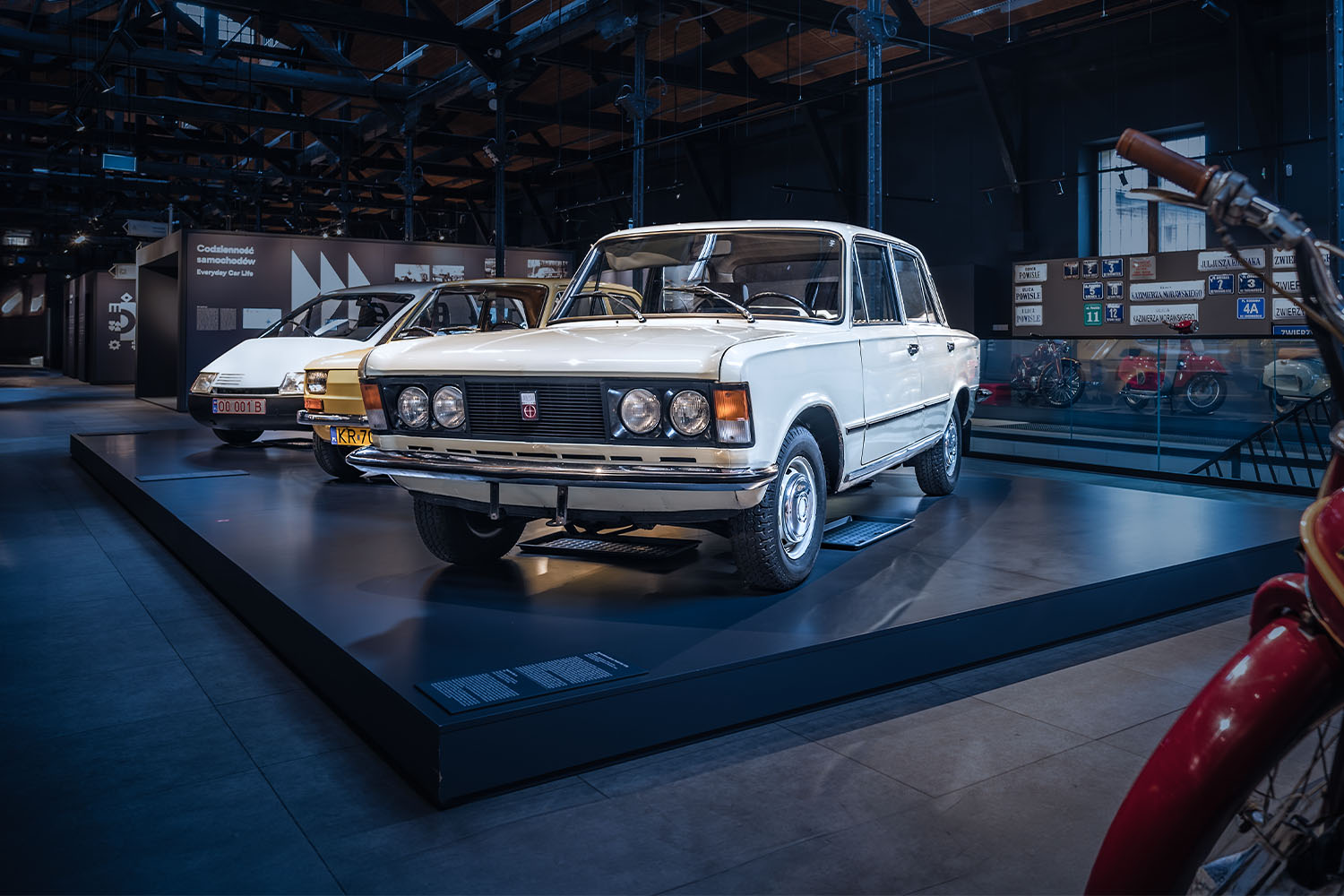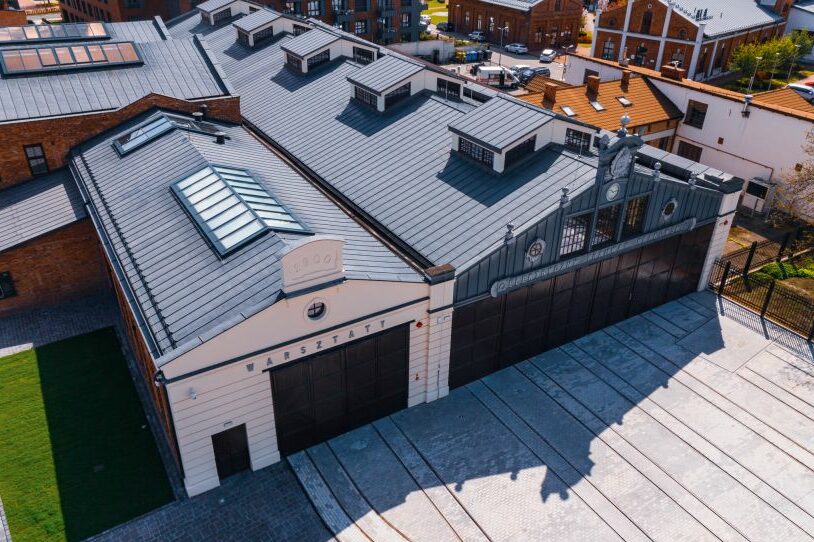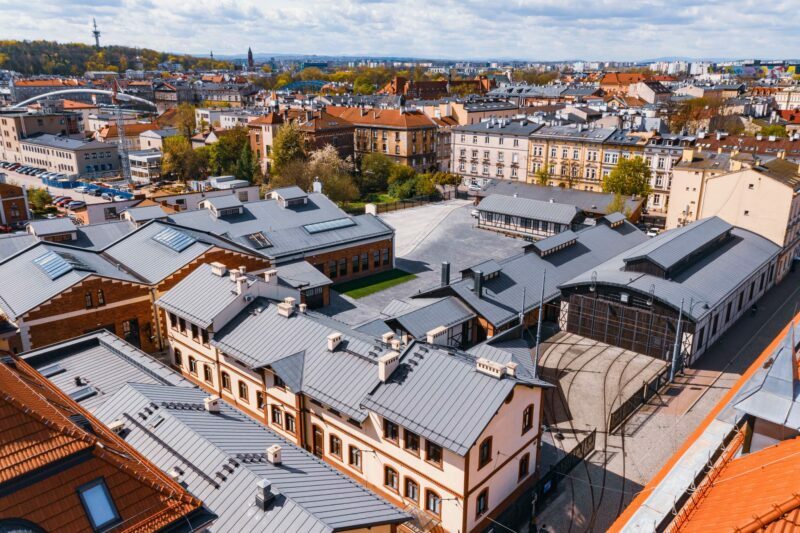Depot
Depot
 ŚWIĘTEGO WAWRZYŃCA 15, 31-060 KRAKÓW
ŚWIĘTEGO WAWRZYŃCA 15, 31-060 KRAKÓW  12 428 66 00
12 428 66 00  MORE INFORMATION
MORE INFORMATION
Opening hours

Route to MIT
contact info
- Depot
- ul. św. Wawrzyńca 15, 31-060 Kraków
- 12 428 66 00
- muzeum@mit.krakow.pl
media contact
- Edyta Gajewska
- edyta.gajewska@mit.krakow.pl
- 515 410 489
reservations
- Czynne wt. – sob. od 9:00 do 17:00.
- rezerwacja@mit.krakow.pl
- 12 428 66 00 wew. 11
Unia Europejska
















